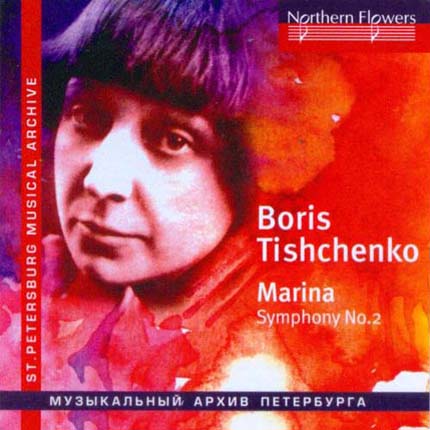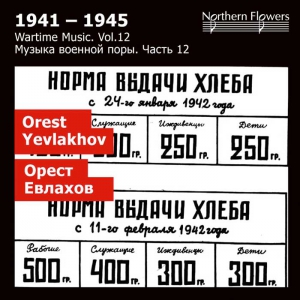Description
| “Hamlet”, music to Shakespeare’s tragedy (1932), Op.32a — excepts | ||
| 1. | Introduction and Night Watch |
2.35 |
| 2. | A Flourish and Dance Music |
2.10 |
| 3. | Chase |
1.42 |
| 4. | Actors’ Pantomime |
1.39 |
| 5. | Ophelia’s song |
1.43 |
| 6. | A Lullaby |
1.23 |
| 7. | Requiem |
1.46 |
| 8. | Fortinbras’s Match |
2.10 |
| “Human Comedy”, music to the production of H. Balzac’s play (1934), Op. 37a — excepts |
||
| 9. | View of Paris |
2.25 |
| 10. | Police Office |
1.20 |
| 11. | Gavotte |
2.15 |
| 12. | Bank of the Seine |
3.45 |
| 13. | March |
2.05 |
| “King Lear”, music to Shakespeare’s tragedy (1941), Op.58a — excepts | ||
| 14. | Return from the Chase |
0.48 |
| 15. | At the Hut |
2.00 |
| 16. | In Regan’s Castle |
1.13 |
| 17. | The Camp |
1.20 |
| 18. | March |
1.32 |
| 19. | Trumpets |
1.17 |
| 20. | Cordelia’s Ballad |
4.35 |
| Nina Romanova, mezzo-soprano (20) | ||
| St. Petersburg Chamber Orchestra | ||
| Edward Serov, conductor | ||
| Recorded: Capella Concert Hall, St. Petersburg, 1984, by “Melodiya” Sound engineer: Felix Gurdzhi. Mastering: Victor Dinov, 2000, St. Petersburg Recording Studio Design: Oleg Fakhrutdinov, Anastasia Evmenova |
||
|
Almost all the works written by Dmitry Shostakovich for theatre were created during the first part of his artistic career. The 30s were especially productive in this respect. The start of Shostakovich’s work in this field was marked by his cooperation with the prominent Soviet director V. Meyerhold (“The Bug” by Mayakovsky, 1929). An important milestone in the composer’s work was the score created by him for Shakespeare’s “Hamlet” on the Vakhtangov Theatre stage, produced and designed by N. Akimov (1932).
Akimov’s daring, disputable and polemic treatment of “Hamlet” often openly satirical, aroused a storm of criticism in the press. But the same critics unanimously praised Shostakovich’s music which outgrew the director’s design. A critic of “Literaturnaya Gazeta” wrote that music “was the best, the most daring thing in the performance, it was all the time on a kind of magic border between irony and satire”
Brought out two years ago in the same Vakhtangov Theatre “Human Comedy” after H. Balzas turned out a failure. But again was stressed Shostakovich’s rare ability to reproduce, with laconic devices of incidental music, the signs of the time and place no matter if it was skilfully stylised atmosphere of Pans, or sharply delineated character scenes, or dramatically intense culmination. Unfortunately, together with the performance which soon was taken off the billboards, Shostakovich’s music was forgotten, with the exception of several numbers forming the Third Ballet Suite (1952).
Shostakovich’s last work for theatre was music for “King Lear” by Shakespeare, produced by G. Kozintsev at the Gorky Bolshoi Drama Theatre of Leningrad in the spring of 1941. In his book “The Deep Screen” G. Kozintsev remembered many years ago: “The performance was brought out on the eve of the Second world War. During the blockade of Leningrad the theatre revived the performance…The stage resembled a screen hung in a dug–out on ramrods… The combination of Shostakovich’s music and Altman’s scenery seemed to transform Shakespeare’s verses into sound and color”.
In a booklet issued for the premiere of the performance Shostakovich’s article was published, its contents going beyond an author’s comments to a play. The composer wrote: “Shakespeare’s tragedies are in themselves extremely musical: from the poetry and dynamics of these tragedies music is born… Each encounter with Shakespeare evokes ideas which far exceed the modest task one sets for himself on a given occasion. Musical dreams emerge, followed by hopes”.
|





